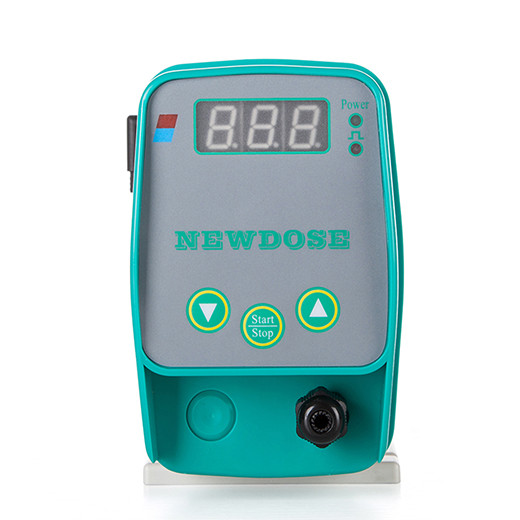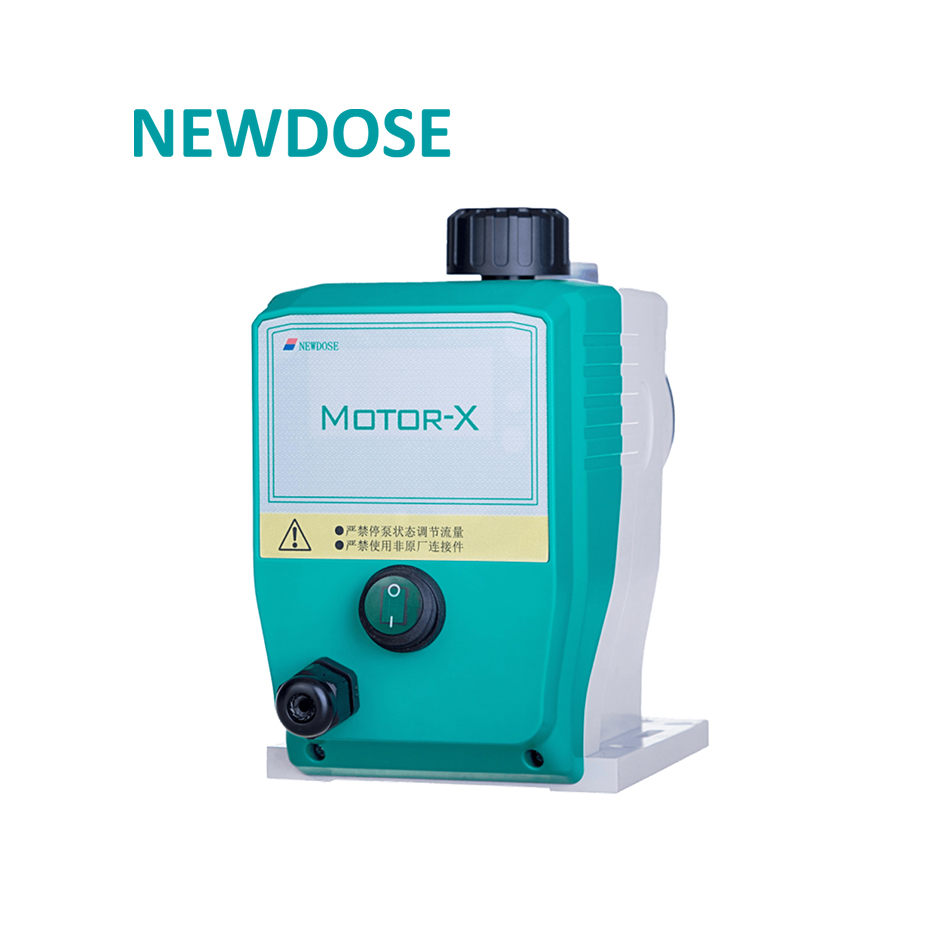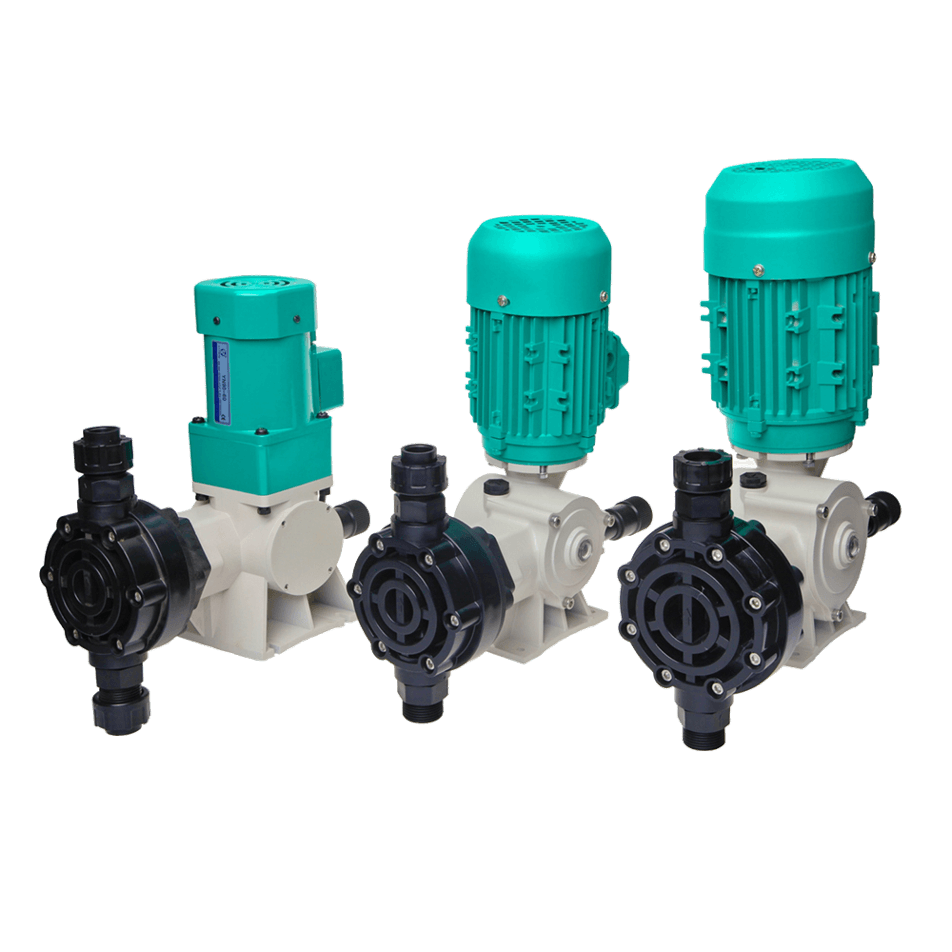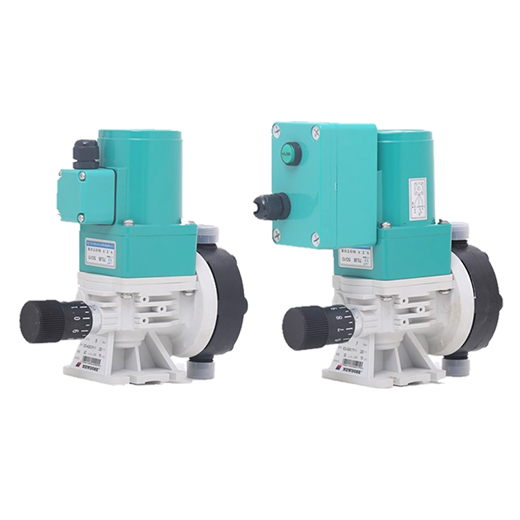After dosing pump works, the flow loss at the outlet end of the pipeline is related to the flow, length, diameter, pipe material, type and quantity of the dosing pump pipeline accessories, and the installation quality of the pipeline of the dosing pump and other factors. The following methods can be adopted to increase the pipeline power of the dosing pump.
1. The relationship between pipe diameter and cost of dosing pump
In the construction and transformation of medium and small pumping stations, the cost of dosing pump pipelines accounts for a larger proportion of the cost of the pumping station project, especially for pumping stations with high lift and long-distance water delivery. The size of the pipe diameter of the dosing pump affects not only the cost of the pumping station project, but also the power of the pumping station.
When the length of the dosing pump pipeline and the flow rate of the dosing pump pipeline are constant, the larger the pipe diameter is, the smaller the flow rate, the smaller the head loss, and the less power consumed, but the cost of dosing pump pipeline is large; if the pipe diameter selected is small, the situation is opposite to the above.
2. Choosing a reasonable pipe diameter and length of the dosing pump has a great impact on improving efficiency
Reasonable confirmation of the pipe diameter of the dosing pump is of great significance for improving the power of the pumping station, saving power, and reducing engineering costs.
Regarding the mechanical diaphragm metering pump, the pipes of the dosing pump are often installed in a broken line, which results in a long pipe of the dosing pump and many elbows.
Shortening the length of the remaining dosing pump pipeline not only saves the cost of dosing pump pipelines, but also reduces water head loss along the way. Therefore, the length of dosing pump pipelines should be shortened to the greatest extent.
 English
English  Español
Español  한국어
한국어  français
français  Deutsch
Deutsch  русский
русский  português
português  العربية
العربية  tiếng việt
tiếng việt  Türkçe
Türkçe  ไทย
ไทย 






